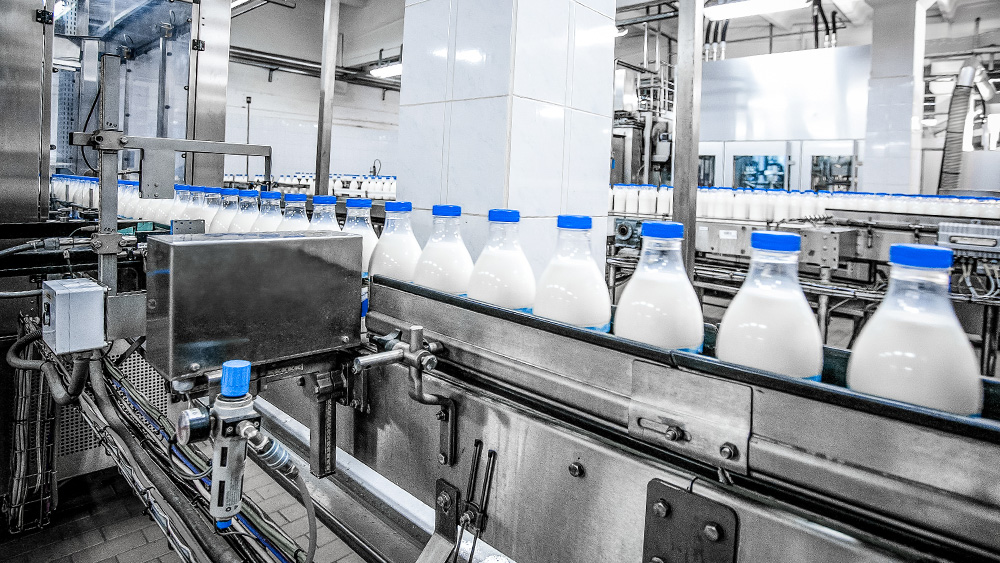As dairies scramble to meet sustainability targets ahead of the first year of responding to the European Union Corporate Sustainability Reporting Directive, the significant losses in push-out processes have been identified as low-hanging fruit by many companies.
|
ADVERTISEMENT |
From 2025, listed companies in the EU with more than 500 employees will be required to report sustainability information according to the new mandatory European Sustainability Reporting Standards (ESRS). This requirement will be expanded over the coming years to cover additional categories of companies.
Product loss is a significant problem at many dairies and can have a large effect on the carbon footprint. Hundreds of liters of product are often lost to the drains when liquid product is displaced with water by pushing it from one processing step to another. Frequently, as much as 1% of dairy production can be wasted in the push-out between product batches. For an average dairy plant processing 250,000 tons of raw milk annually, this means a loss of 2,500 tons of raw milk, as well as unnecessary CO2 emissions upstream in the supply chain.
…

Add new comment